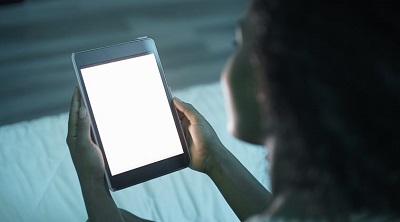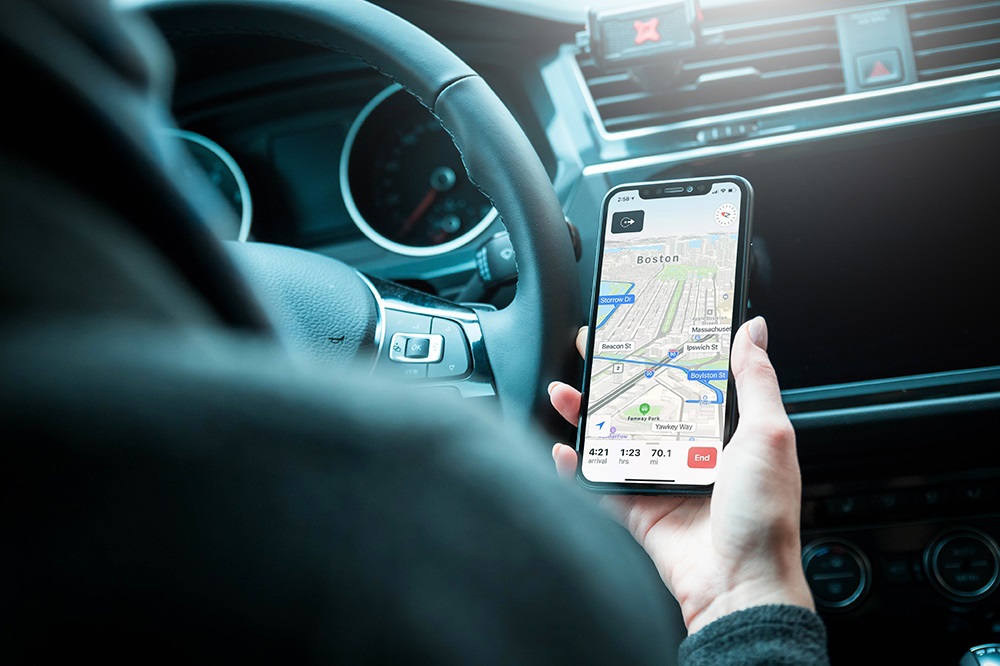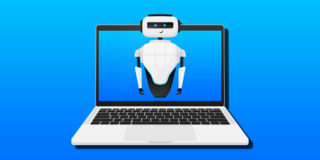Is Reading on a Tablet Bad for Your Eyes?

Nowadays, the vast majority of people spend more than two hours each day looking at their digital devices. This is true for both adults and children. All of which begs the question: does this trend pose a threat to eyesight, especially long-term.
Although looking at the screen doesn’t impair your vision directly, it may lead to some unpleasant side-effects. This mainly depends on the way people use their devices. Be it a smartphone, tablet, or a computer screen, it’s important to know how to ease the stress on your eyes. That’s especially true if your daily screen activity exceeds two hours or more.
Screen’s Impact on Your Eyes
With so much of our daily lives revolving around mobile smart devices and computers, it’s kind of reassuring to hear that these habits don’t cause permanent damage to the eyes. That being said, it’s important to note that prolonged screen-time can result in digital eye strain. This is also known as Computer Vision Syndrome. Put simply, the more time you spend in front of the screen, the worse the symptoms become.
But what are the most common symptoms of Computer Vision Syndrome? The most obvious is basic eyestrain. If you don’t rest your eyes every now and then, you might even develop headaches as a result. Along with blurred vision and dry eyes, it’s not uncommon for people to start experiencing neck and shoulder pain as well.
In terms of children, parents might notice shorter attention spans, irritability, as well as a reduction in the quality of their behavior. It goes without saying that none of this is exactly beneficial to a child’s learning process, especially if they’re still in school.

Preventing the Side-Effects
The first thing you need to be aware of is that the screens themselves don’t directly present the problem. This has more to do with the environment in which you use your digital devices. The first step is to keep your screen clean. This will help removing any dust, smudges, and fingerprints that accumulate over time. That way, there won’t be anything that obscures your screen’s clarity, which can cause your eyes to strain.
Position the Screen Properly
One of the most common problems is the way your screen is setup. Thankfully, this is quite easy to solve. To reduce the strain on your eyes, make sure the top of the screen is positioned directly in line with your eye level. The suggested distance between your eyes and the screen should be at least 18 inches, but not farther than 30.
Next, don’t keep your screen at a 90-degree angle or tilted forward. The optimal position is to have it titled backwards at some 10-15 degrees. This will help reduce the stress your eye muscles might experience. The correct angle of your screen will also remove any glare that may come from your ceiling lights.
Adjust the Screen Brightness
Many people tend to work on their computers in a dark room with the screen brightness cranked up to the max. Another bad example is looking at your super-bright screen while lying in bed with the lights turned off. Both of these scenarios produce significant strain on your eyes. The reason being the huge difference in light contrast between the screen and the environment.
The best way to prevent this kind of eye stress is to set the screen brightness to a level that’s similar to that of your environment. For example, when looking at your mobile phone on a bright sunny day, there’s no harm in setting the brightness to the maximum. When you go to bed in the evening, reduce it to its lowest setting. If available, you can also turn on the night mode to reduce the screen’s bluish hue.
Also, if you have a direct light hitting your screen, regardless of its brightness, that glare will strain your eyes by itself. To counter that, adjust the lighting in your room or use the window shades to block out the direct sunlight.
When purchasing a laptop or a desktop computer display, it’s advisable to choose a model with an anti-glare screen. Compared to the glossy screens, these will significantly diminish the light reflection, keeping that stress away from your eyes.

Take Care of Your Eyes
When looking at their mobile phones, tablets, or computers, people tend to blink less often. This can cause the eyes to become dry, which is not good at all. To prevent it, keep in mind that you should blink every now and then.
Blinking is a very important part of ophthalmic hygiene, since it removes any tiny particles that have found their way into your eyes. Although you might not feel any discomfort, those particles are certainly present. A great rule to help with this is called 20-20-20. Take a break every 20 minutes for 20 seconds, and look at the objects that are 20 feet away from you.
If you don’t blink often enough, it can lead to a condition aptly named “dry eye”. For people that already have this condition, a room humidifier might make a difference. This will increase the room’s air moisture, thus helping your eyes. Another thing that helps is using special eye drops to provide additional lubrication. When choosing these eye drops, it’s best to consult your doctor to recommend the right ones for your condition.
All Looking Good
Since the screens don’t directly affect your eyes in a negative way, it’s important to take care of how you’re using your digital devices. Keep the screen clean, adjust its angle and brightness, and look away every once in a while. That should be enough to prevent any additional strain on your eyes.
Do you have any problems with your eyes in relation to digital screens? Did any of these methods work for you? Please share your experiences and any additional advice in the comments section below.
















